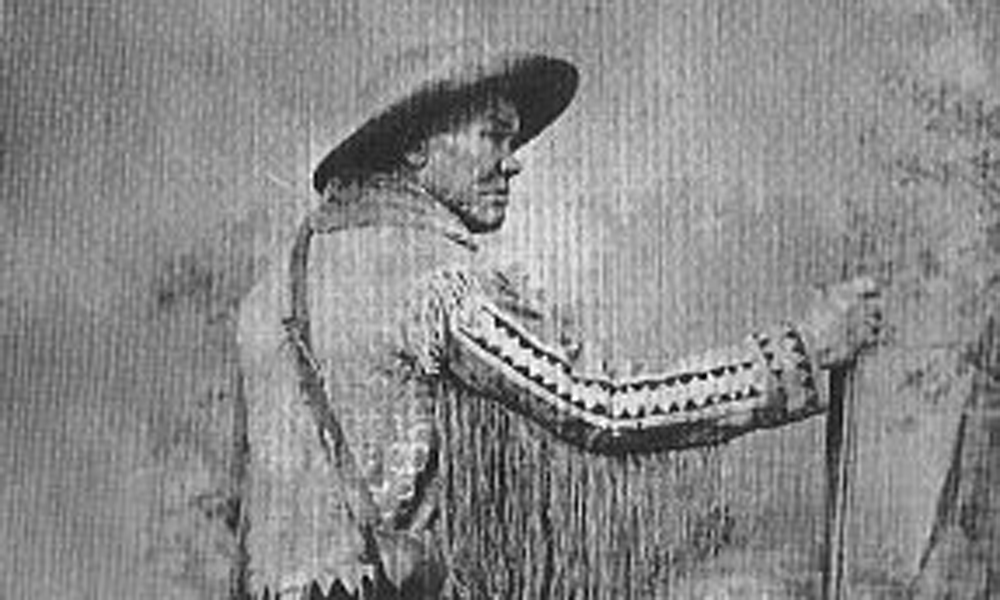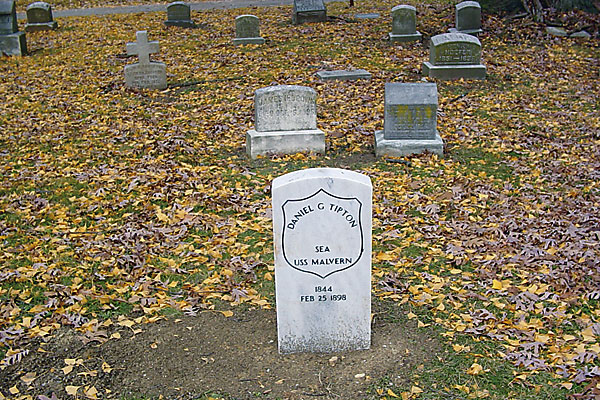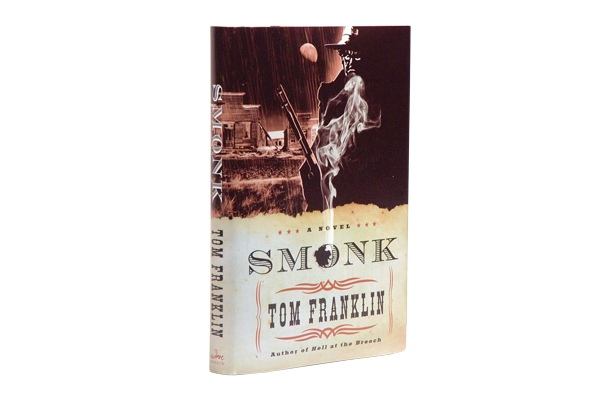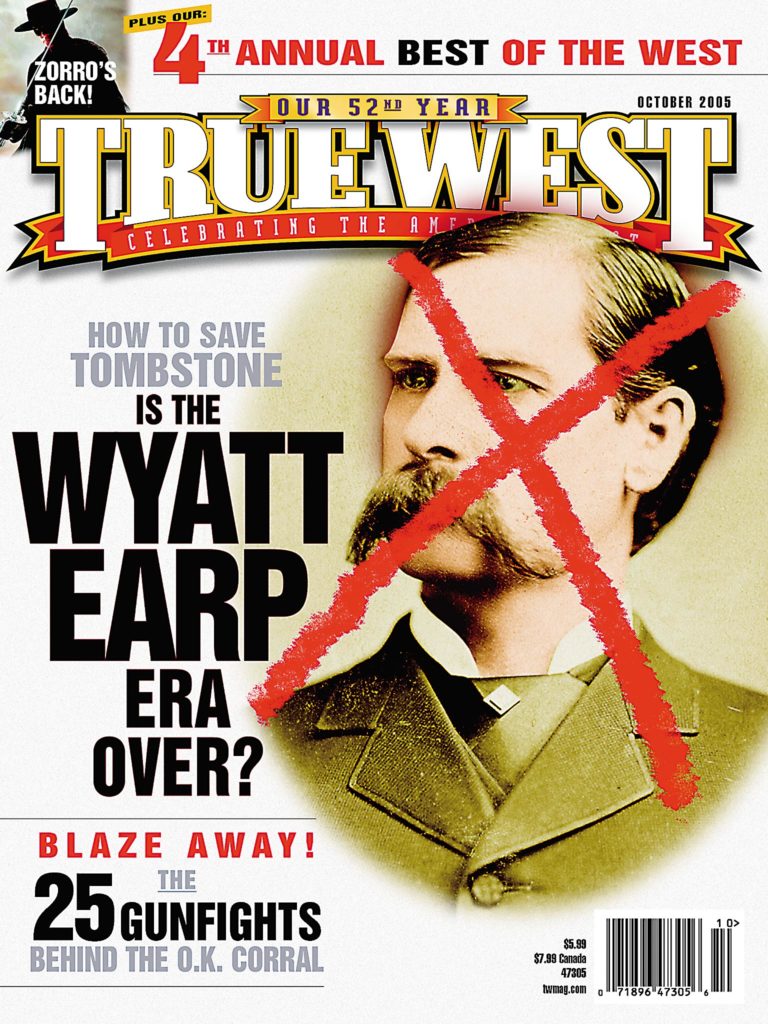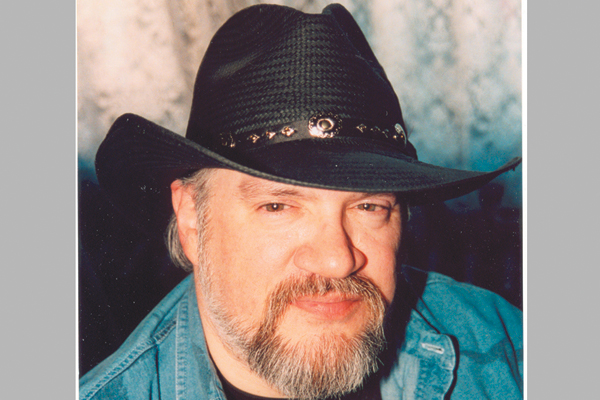 With hundreds of books written, edited or scratched onto some kind of paper, that sort of evidence could mark Robert J. Randisi as a prolific writer.
With hundreds of books written, edited or scratched onto some kind of paper, that sort of evidence could mark Robert J. Randisi as a prolific writer.
In 1984 alone, he wrote 27 novels, running many of his pens out of ink. As
of this article, he’s had one book pub-lished every month since January 1982. You do the math.
TW: Whew! That’s a bunch more words than a lot. Is there one event in particular that set you on the path of writing?
RJR: It was my 15th year when I first saw the movie Harper and then read the book it had been based on—The Moving Target by Ross MacDonald. I then became convinced not only that I wanted to write, but that I wanted to make a living [doing it] by the time I turned 30.
From that moment of youthful inspiration, Randisi set himself to penning the Private Eye stories that lurked in the gritty, dark corridors of his mind. Zooming through editors’ caution lights that detective novels were not selling, he ventured into that market. His first novel way back in 1980, The Disappearance of Penny, disappeared quicker than the heroine.
Faced with the dilemma of turning to dumpster-diving to put food on the table or write for the market, Randisi set his sights on Adventures and Westerns. The dream of the Private Eye novel stayed filed in his head between those “A’s and W’s.” In the meantime, he worked for the New York City Police Department, eventually penning crime and mystery novels (putting to work the grist he gleaned in his civilian capacity with the department).
TW: What incidents in the “real” crime world have transferred to your novels?
RJR: It’s odd, but incidents from books seem to translate to the real world. For instance, two years ago, I had a book out about pregnant women being murdered in St. Louis and their babies being taken from their wombs. Months later, it actually happened in Kansas City. I have, however, used locations and people I encountered during my time with the NYPD.
TW: Which genres do you find the most fascinating to write?
RJR: Since you used the word “fascinating,” I’ll say Westerns. History is one of the most fascinating of subjects and very often, while researching one Western novel, I come across all these other marvelous stories that provide fodder for future books.
TW: Do the places you visit generate the stories you write?
RJR: It’s more a case of writing about places I have physically visited, if you see the difference. We, my significant other Marthayn Pelegrims and I, went to New Orleans for Halloween one year. Later, I wrote both a story and novel set there. As for Westerns, most of that is done from research. In the last few years or so, we’ve been to Tombstone, Wichita, Abilene, Dodge City, Oklahoma City, Santa Fe, Albuquerque, Ruidoso, Scottsdale, Cripple Creek, Gunnison, Austin, Helena, Reno, Fort Sumner … well, you get the idea. And we drive!
Randisi finally achieved his wish to write Private Eye novels, turning out not one but two different lines: serial adventures, mystery and P.I. credits include “The S.O.B.s (Soldiers of Barrabas),” “Nick Delvecchio,” “Joe Keough,” and various single novel offerings. He also has edited close to 30 anthologies. His latest collection is this year’s Pocket Books anthology about the Texas Rangers, Lone Star Law, which features works by Elmer Kelton, James Reasoner, Louis L’Amour, Dusty Richards and more.
You’ll have to be a sleuth yourself when searching for Randisi’s novels, as he has written under at least 15 different monikers. His published Western genre series include The Gunsmith (written under J.R. Roberts), of which there are 293 episodes, Tracker (written under Tom Cutter), Angel Eyes (written under W.B. Longely) and Mountain Jack Pike (written under Joseph Meek).
I’ll let you in on a little secret, though. The trick to tracking down a Robert J. Randisi novel is to turn to the copyright page. No matter what pseudonym appears on the cover, his real name will be written there for all to see.
Sandy Whiting’s story of the controversial Bull’s Head Saloon in Abilene, Kansas, appears in Randisi’s anthology White Hats.


